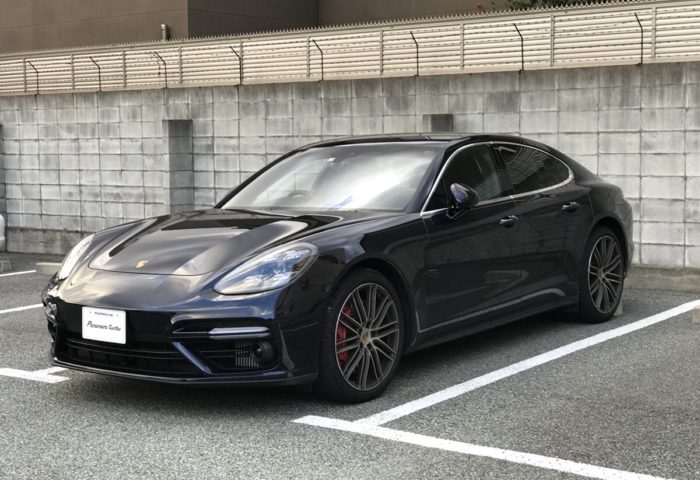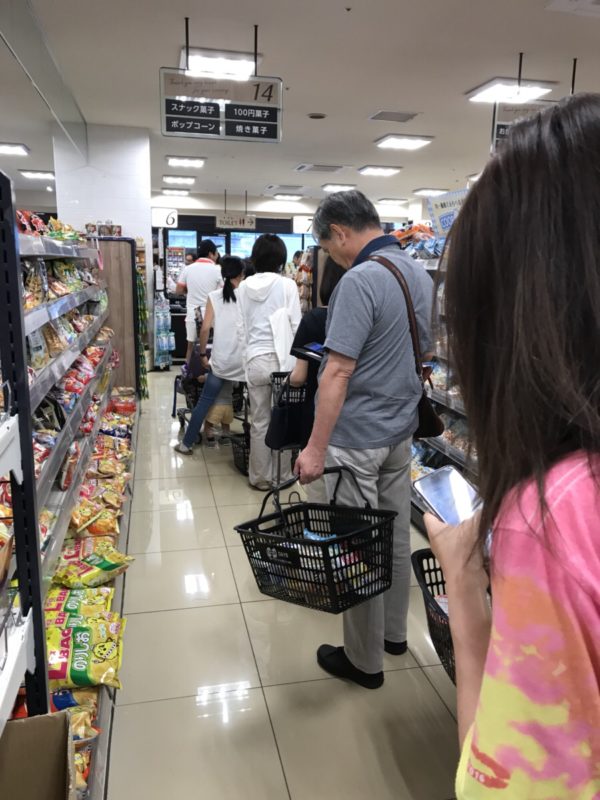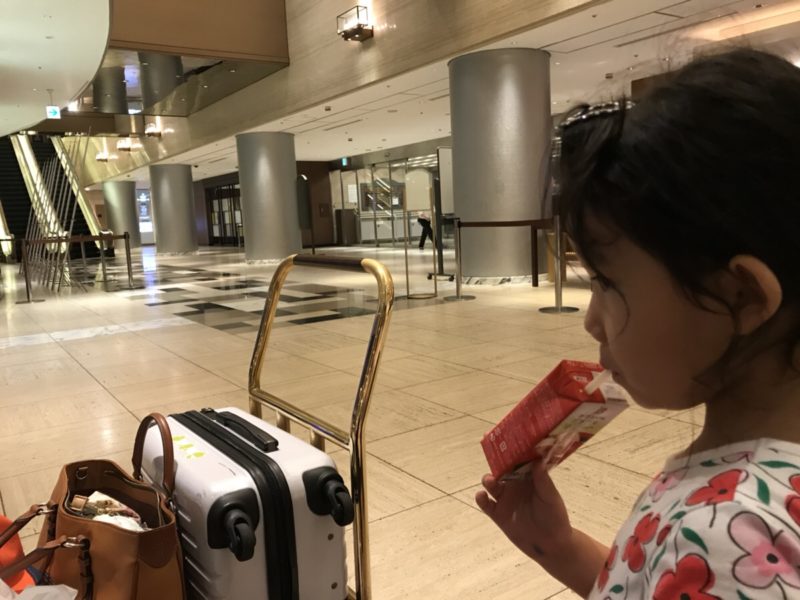Reflections on EVs After Experiencing a Typhoon-Induced Blackout
公開日:2018.09.06

Typhoon No. 21 Hits Directly
Typhoon No. 21 struck Japan head-on on September 4th. This was truly a display of its fierce power. Our home lost power starting at 2 p.m. on September 4th, and the blackout is still ongoing. There’s still no clear timeline for restoration. (This article was written on the morning of September 5th on the Shinkansen → later at 11 a.m. I received news that power was restored at home.)
This was my first experience with such a large-scale and prolonged blackout, and it made me realize something: “If our car had been an electric vehicle, things might have been even more difficult.”
Preparations the Day Before
On September 3rd, the day before the typhoon arrived, JR West Japan quickly decided to suspend train services for the next day and repeatedly announced this inside stations. My daughter’s kindergarten also decided by the morning of the 3rd to close on the 4th. Even the underground shopping mall in Osaka Umeda (the heart of Osaka) announced on the 3rd that “We will be closed on the 4th.”
Typhoons have hit the Keihanshin area before, and I thought this summer had an especially high number of typhoons, but I had never seen JR or major facilities take such proactive measures in advance, so I thought, “This must be a really big typhoon—we need to be prepared.”
At the same time, I also thought, “But usually typhoons veer away from Kansai and cause little damage, so this time will probably be okay too.”
The Day of the 4th
On the 4th, my husband worked from home, and since my daughter’s kindergarten was closed, our family of four decided to stay home and wait out the typhoon in the afternoon. But soon my eldest daughter started whining, “I want to play—I’m bored!” So we decided to go shopping at the supermarket first thing in the morning, right when it opened…
The parking lot was already lined with cars, and the checkout lines were longer than I had ever seen before.

At times like this, everyone thinks the same thing.
After lunch, the rain and wind gradually intensified. It was fierce, but my husband said, “No, no, the last typhoon was worse—the house was shaking.” (I also felt it wasn’t as bad as expected.) So while the girls watched iPads and I casually watched a Discovery Channel special on the Cayenne (who watches a Cayenne special at a time like this… lol), everyone was spending time as they pleased. Then suddenly,
Near our home, there was a clear “boom” sound, like something exploded and short-circuited, and with that sound, the lights went out and all electrical appliances stopped at once.
Whoa! A blackout! ((;゚Д゚))
It was just after 2 p.m. I thought, “Well, it’ll probably come back on in a minute or two.” But 15 minutes passed, then 30 minutes, then an hour… and nothing happened. With no TV signal, I tried to gather information via Twitter and Facebook, and learned that blackouts were happening all over the Keihanshin area.
Not Just a Blackout—Severe Damage
Even more shocking information came in: “Kansai Airport flooded,” “A tanker crashed into the Kansai Airport Bridge,” “A massive fire burned 100 cars in Nishinomiya,” “Scaffolding collapsed on a building in Osaka city,” “The roof of Kyoto Station was torn off.” This was the first time I realized just how serious the situation was—this was really bad.
After about three hours without air conditioning, the humidity and heat in the room became unbearable. My husband said, “In this case, it might be better to stay in the car.” So the whole family got into the Golf and drove around our neighborhood.
We left saying casually, “It’s cool because the AC is working,” but soon noticed something strange. Traffic lights were completely dark, street lamps were off, and convenience stores and supermarkets were all pitch black. The traffic light in front of our trusted Porsche dealer was badly warped, and police officers were manually directing traffic.
From the south by the sea, thick black smoke was rising fiercely, and we passed several fire trucks. We turned back because it was deemed dangerous to go further, then went to a distant convenience store to buy supplies (though rice balls and boxed lunches were already gone), and by the time we returned home, it was completely dark outside. Still, no sign of power restoration.
We pulled out a manual flashlight, opened the windows, and while sweating profusely, ate sandwiches in the dark when my husband said:
“If the power isn’t back by tomorrow morning, this will be serious. No electricity means no charging, no showers, no internet, no AC, and convenience stores are dark so no food supplies. Everything’s out. We might need to evacuate to a hotel now.”
Heavy Traffic on the Way to the Hotel
“Evacuate to a hotel!?”
It was an unexpected turn. My husband quickly checked and found a vacancy at a hotel in Kobe, so we immediately booked it. We packed the minimum—work items for the next day, the kids’ clothes, my eldest daughter’s kindergarten bag—and all got into the Panamera.
On the way, Hanshin Expressway was closed, and all JR and private railways were suspended, so the roads were much more congested than usual. Nearby McDonald’s was packed with people looking to charge their devices, Sukiya had a 40-minute wait, and taxis were impossible to catch. After about 40 minutes, we finally arrived at the hotel in Kobe.

When we arrived, the hotel was brightly lit as if nothing had happened, and the staff kindly welcomed us. We were able to spend the night safely.
Thoughts Afterward
This experience made me keenly aware: “When the electricity goes out, all daily life functions come to a complete halt.” I had taken electricity for granted, but this made me truly appreciate its value. At the same time, I got scared thinking, “If our car had been an electric vehicle, things might have been even worse in such a situation.”
While I would never park with zero charge, the charging facilities in our condominium would definitely be out of service, so if the power goes out with a low battery, you can’t move the car easily.
Also, if we lived in a condo, the mechanical parking system wouldn’t work without power, so you couldn’t even get the car in or out. (There was even a post about a Cayman being submerged because the mechanical parking system was stuck during this typhoon blackout…)
Public transportation was completely stopped, and taxis were impossible to catch, so the only way to get around was by car. But if the car’s battery was low and you couldn’t even get it out, then you couldn’t go to a distant convenience store to buy food or evacuate to a hotel with your family like we did.
Electric vehicles are environmentally friendly and will surely increase in number, but it’s scary to think that you might be completely immobilized during a blackout. I hope such a situation never happens, but still… I felt that gasoline cars (at least hybrids) are more reassuring in times like this.
Above all, I hope the Kansai region recovers quickly.
このブログが気に入ったらフォローしてね!


Comment ( 0 )
Trackbacks are closed.
No comments yet.